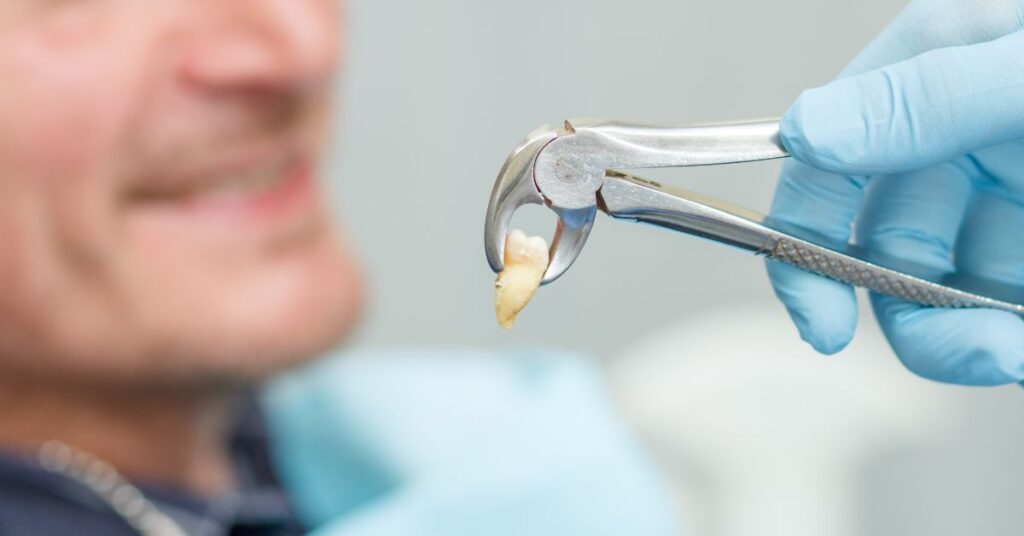
Understanding Dental Extractions
Dental extractions involve the surgical removal of teeth from the mouth and jawbone. This procedure is commonly performed when a tooth is too damaged or compromised to be repaired with other treatments. Reasons for tooth extraction can include severe tooth decay, infection, trauma, overcrowding, or preparation for orthodontic treatment. As the reasons below show, sometimes tooth removal is medically necessary.
When Tooth Extractions Are Medically Needed

In many situations, tooth extraction is the only viable treatment option from a medical perspective. Extensive tooth decay that has damaged significant portions of the tooth structure often cannot be restored, leaving extraction as the prudent choice. Chronic infections at the root of the tooth that fails to resolve with root canal treatment may also necessitate removal to eliminate the infected tissue.
Additionally, patients undergoing cancer treatment involving radiation to the head and neck area frequently require extraction. The radiation can diminish saliva production and blood flow to the bone, increasing susceptibility to infection, bone loss, and osteoradionecrosis following treatment. Removing compromised teeth beforehand reduces these risks.
Extracting Wisdom Teeth

Wisdom teeth extraction merits specific mention given its frequency. As the last molars erupt, often in late adolescence, wisdom teeth commonly lack sufficient room to properly emerge. Impacted wisdom teeth that remain covered by gum tissue and trapped against other teeth or bone can promote infections and cysts. Hence the frequent need for their removal.
The wisdom tooth extraction recovery typically involves several days of swelling, pain, and brushing of the cheeks. Proper icing and medication adherence help control discomfort. The diet should consist of soft foods like applesauce, Jell-O, and protein shakes until the extraction sites heal, which takes 7-10 days. Refraining from smoking and alcohol is also imperative as they impede the healing process.
Step-By-Step Tooth Extraction Process

When an extraction is required, either a general dentist, oral surgeon, or periodontist may perform the procedure. The involved steps aim to efficiently remove the specified tooth while minimizing bone and tissue trauma.
To begin, anesthesia is administered to fully numb the area for pain prevention. The dentist then utilizes specialized dental elevators and forceps to loosen and gently rock the target tooth to expand the bony socket holding it. This expands the space available to remove the tooth.
With adequate room now available, the tooth gets grasped firmly with forceps and extracted in synchronized motions following the curve of the tooth roots. Afterward, the dentist examines the socket, irrigates it to prevent infection, and utilizes sutures and gauze packs to control residual bleeding.
Throughout the process, challenges like curved roots, ankylosed teeth, and crown fractures can complicate the extraction. Such issues may require sectioning teeth or removing bone for a successful procedure. The dentist must also take care of protecting the sinus cavities above the upper molar sites.
Overall when done properly, extracting compromised teeth constitutes an effective form of treatment that quickly resolves tooth-related pain and infection. With modern techniques and dental materials, patients now experience minimal discomfort and expedited healing following these routine surgical procedures.


